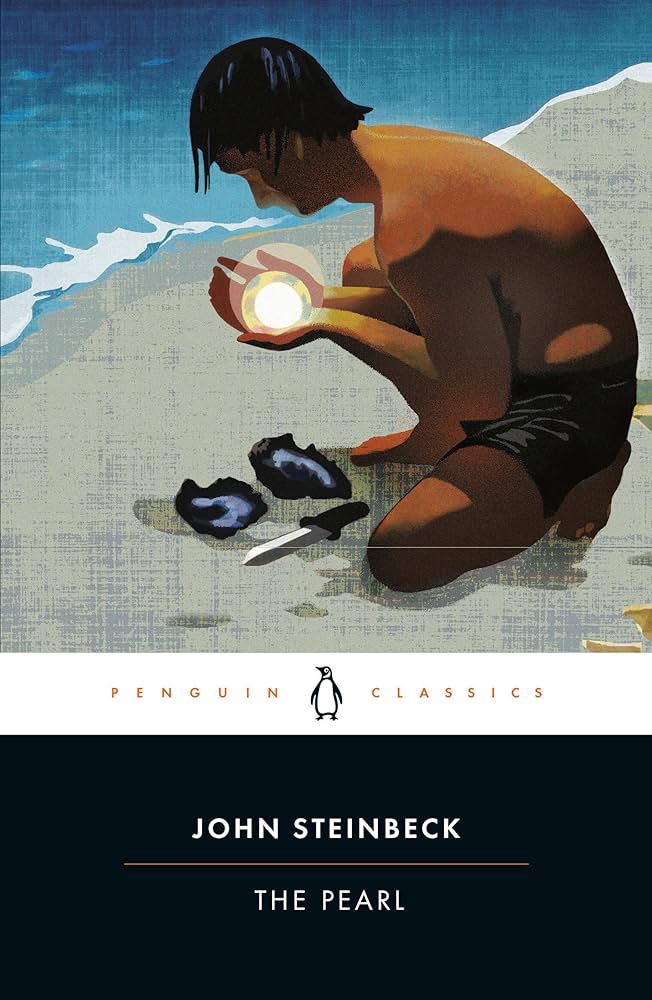When given the opportunity to obtain the riches of life — happiness, wealth, and everlasting peace — Kino cannot seem to resist the natural temptation and attraction he has towards these things he is mostly a stranger to. Despite this, how could something so rewarding ever come with immediate consequences?
Set around 1900 in Baja California Sur, living along a small river in a small town called La Paz, the main character, Kino discovers things such as stability and guaranteed financial stability may not be hard to find, but difficult to maintain. Kino does not consider his life to be unhappy, but because he and his family are poor, it is difficult to ignore the thought of such a reality. Living with his wife, Juana, and infant son, Coyotito, Kino makes his earnings and supports his family through pearl-diving, a career where not every good catch is guaranteed, but it maintains the stability his family is constantly desperate for.
One day, when Kino is pearl-diving, he comes across a large, mythical, priceless pearl, (called the Pearl of the World) that seemingly has the power to cure sickness and evil in its presence. Thrilled at first, Kino cannot help but take it for himself and is eagerly planning to sell the pearl, as it is now the most valuable object in his possession. There are many instances in the novel where the pearl’s invisible magic helps Kino, but not far behind him are the consequences of greed that result from craving luxury.
Naive to the reality of wealth, Kino begins to spoil himself with the blessings the pearl bestows upon his everyday life. Before he realizes it, there are more bad things happening in the presence of the pearl than good things, and soon, he may not have any good things left for himself or his family.
A timeless classic about the morals of greed, fortune, and morality, “The Pearl,” by John Steinbeck will leave you contemplating your wants and your needs, and how internal greed can be dictated from internal desires at any given moment. This book is recommended for readers twelve and up because some parts of the book can be a little dark for younger audiences. “The Pearl” is 118 pages long, divided into six chapters, each at varying lengths, and is not a difficult read, even for those who have yet to read more difficult classic literature.
With his unique writing style and amazing literary devices, American author John Steinbeck always surely leaves his readers with guilt-stricken lessons in all of his novels, heart-wrenching resolutions, and warnings about the dark side of human nature. You may have heard of his other notably famous novels, such as “Of Mice and Men,” or “The Red Pony,” both of which are worthy reads that inflict impactful messages upon every reader, no matter what perspective they interpret the novel from.
Overall, I would say that “The Pearl” is an amazing novel to begin venturing into classic literature. In my opinion, this novel’s detailed writing techniques, depth, and meaningful style really made this novel one of the best classic books that I’ve ever read. Disregarding the length of the novel, John Steinbeck still manages to fit thousands of words and lessons into such a short book. Through the perspective of a struggling family, I think this novel is so much more impactful than it would have been from a family who is more fortunate to truly emphasize the main point of the story. No matter how emptying or saddening the resolution to a story can be, a lesson is always told and can be learned.














